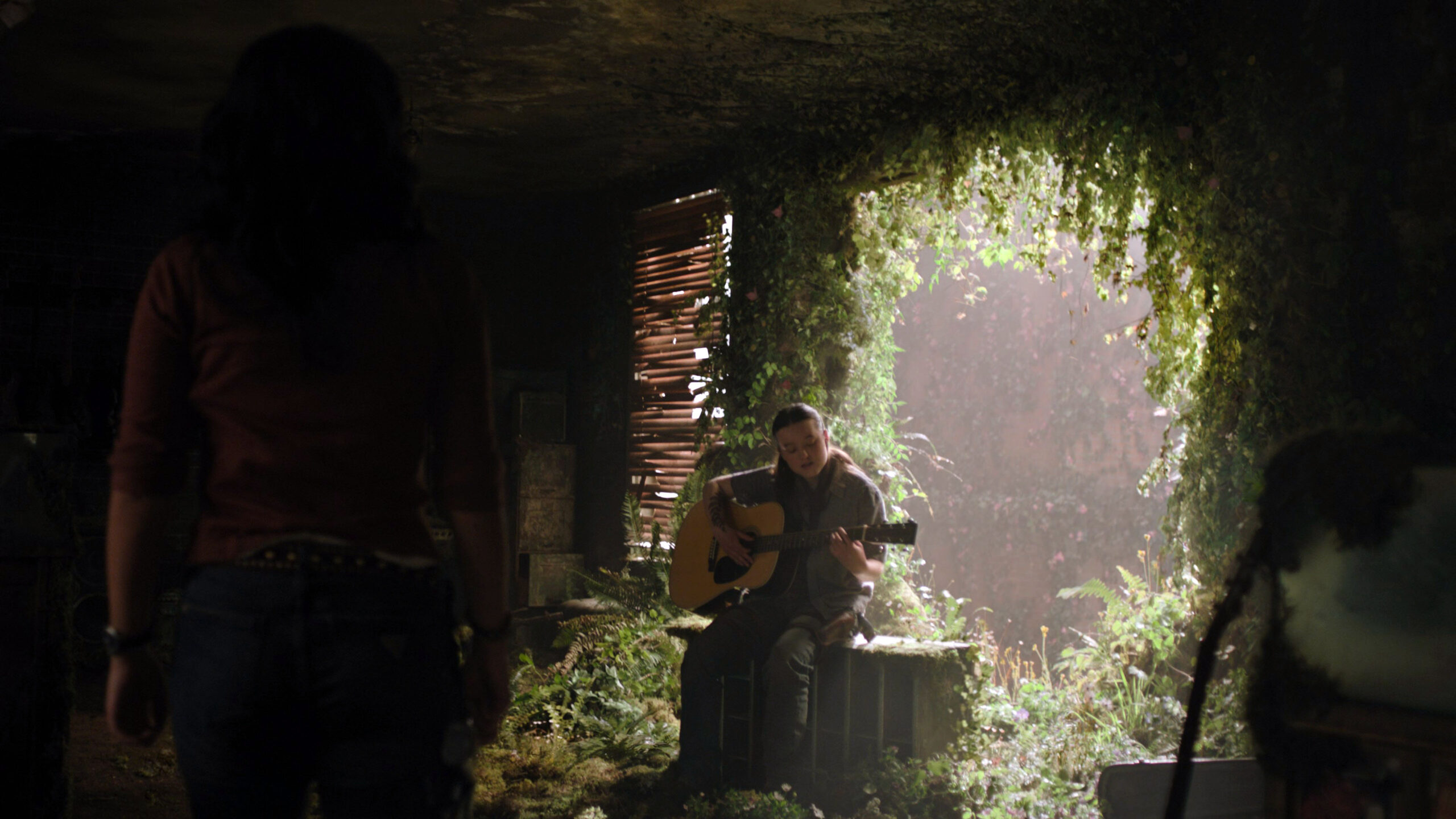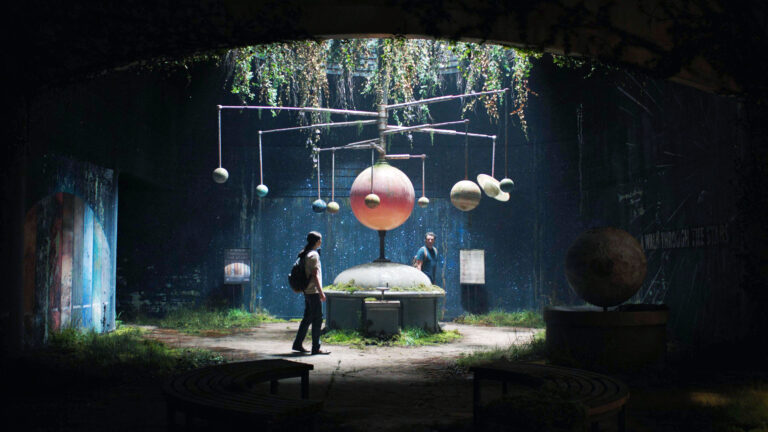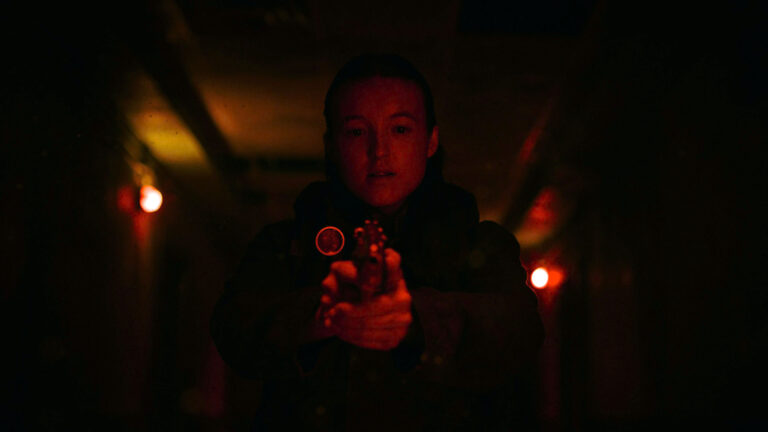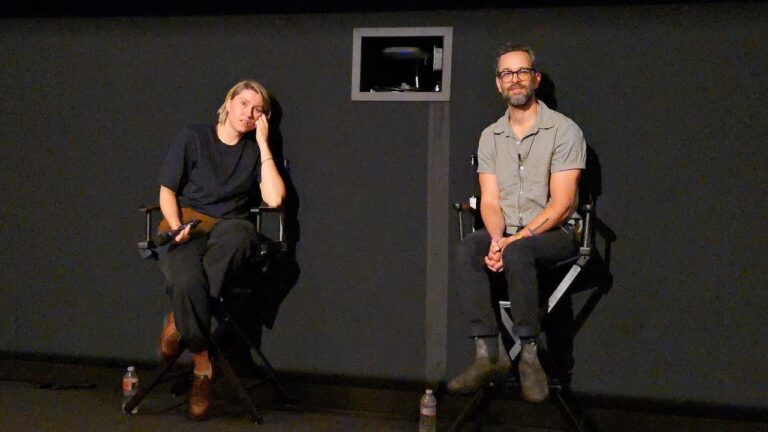Picture this: a post-apocalyptic wasteland, hungry monsters lurking in every shadow, humanity clinging to hope by a thread. And then — right when you least expect it — director Peter Hoar slides in and drops a love story so heartfelt it makes even the most jaded viewers reach for tissues. Yep, we’re talking about “Long, Long Time,” the third episode of HBO’s “The Last of Us.” This little slice of television perfection turned fungus-infected horror into a celebration of tenderness and courage. Buckle up, because Peter Hoar didn’t just break the rules — he set them on fire and danced in the ashes.
The Man Behind the Vision: Peter Hoar Steps Up
Let’s get straight to the marvel: Peter Hoar. If his name rings a bell, you’re probably one of the many swept off your feet by his work on “It’s a Sin,” the gut-wrenching miniseries that stunned audiences and critics alike in 2021. That show followed a group of friends during the HIV/AIDS crisis in 1980s London, pulling no punches, but weaving in warmth and humor like a master. So, when Craig Mazin, showrunner for “The Last of Us,” tapped Hoar to tackle Bill and Frank’s tale, it made perfect sense.
Hoar himself said what drew him in was the universal truth about love. In interviews, he pointed out that the episode wasn’t about “gay love” or “straight love”—it was just love. He credited Mazin for writing from real-life relationship highs and lows, not from a checklist. The result? A story that didn’t feel forced. It simply felt real. (source: Looper)
REWRITING THE APOCALYPSE: BILL & FRANK TAKE CENTER STAGE
Okay, so video game fans know Bill, the gruff, booby-trapping loner who helps Joel and Ellie. Frank? He’s a footnote — a tragic plot twist, not much more. But Hoar and Mazin said, “Nah, we can dig deeper.” And they did, diving headfirst into the unexplored, giving Frank a voice, a face, and a heartbreaking love.
Why did it work? For one, they bent the rulebook just enough. The series didn’t toss the source material out the window; it just opened the window, let in some sunlight, and planted a garden. Instead of focusing on gnashing monsters, the episode built a home. Watching Bill and Frank, you see the world grow in color again — flowers, art, wine… and yes, a whole lot of strawberries. (source: CBR)
Directing With Heart — And A Pretty Bold Palette
Hoar didn’t simply stick a romance in a horror show and call it a day. He took a swing, visually and emotionally. While most of “The Last of Us” rocks a color palette that screams “bleak,” episode 3 goes bolder. Hoar insisted on more color, more freshness, more light. He wanted viewers to feel hope in every frame, especially after the show’s very dark start. You can spot that intention in details big and small — from sunlit gardens to dinners by candlelight. Not just to look pretty, but to drive home the point: even in the end times, love blooms. (source: CBR)
He also made sure to pay respect to the characters’ dignity. There’s the famous decision not to show Bill and Frank’s bodies after their graceful exit. Hoar rejected the idea of going for shock or brutality, saying simply, “It wasn’t necessary.” The story already felt powerful enough. (source: Collider)
Offerman & Bartlett: Hearts Wide Open, No Apologies
A director’s vision is one thing, but you need actors who can run with it. Enter Nick Offerman as Bill and Murray Bartlett as Frank — two seasoned pros with chemistry for days. Their scenes carry a lived-in tenderness, a shyness blossoming into devotion. There’s awkward piano lessons, shared laughter, a little bickering, and hard conversations. Basically, the works.
Hoar knew it would only work if both actors felt secure, so he threw the book out and made “fun” and “trust” his north stars. In interviews, he explained, “If you’re not allowing your actors to enjoy themselves, you’re doing the wrong thing.” Offerman, who initially worried about doing justice to a gay romance, soon felt at home — and the result speaks for itself. Both he and Bartlett have since credited the collaborative vibe for helping them dig deep and shine bright. (sources: MetFilm School, The Wrap)
The Soundtrack Shuffle: How Linda Ronstadt Stole Hearts Again
Just when you thought your heartstrings couldn’t take any more — bam! Here comes Linda Ronstadt’s “Long, Long Time.” Hoar and Mazin chose the song purposefully, letting its lyrics wrap around Bill and Frank’s journey. Guess what? The episode made the 1970s track surge in streams and downloads, seeing thousands of new fans discovering Ronstadt’s ballad. Spotify and Apple Music both reported a massive spike. Turns out, nothing moves people like a bittersweet love story and the perfect tune. (source: Wikipedia)
Critical Applause: Standing Ovation From All Corners
Critics didn’t just clap — they downright swooned. The Hollywood Reporter called episode 3 a series-defining moment, propelling “The Last of Us” from great TV to all-timer status. Viewers and reviewers alike praised its willingness to dig into emotional storytelling rather than just action, with some calling it “one of the best TV episodes ever made.” No easy feat for a show built on heart-pounding tension and plagues of the mushroom variety. (source: The Hollywood Reporter)
But the real impact didn’t stop at awards chatter. Linda Ronstadt’s track climbed charts, yes, but bigger than that, the humanity of Bill and Frank made waves out in the world. Fans on social media credited the episode with sparking discussions on love, loss, and LGBTQ+ representation in genres where it so often gets left on the cutting room floor.
A Ripple in Real Life: Far Beyond TV Screens
And just in case you thought all that emotion stayed onscreen — think again. Peter Hoar’s nuanced hand changed lives off set, too. Following “It’s a Sin,” there was a measurable uptick in HIV testing across the UK, as people opened up about their own histories and sought better futures. That’s the kind of ripple effect serious storytellers dream of. It’s too early to chart the long-term impact for Bill and Frank, but already, fans have called the episode healing, especially those who see fragments of their own love stories in what Hoar put onscreen. (source: Wikipedia – It’s a Sin impact)
So, What’s the Magic Trick?
It all comes down to heart. Peter Hoar didn’t just make a love story — he made us believe in the possibility of tenderness staggered up against the void. He pulled from his experience on “It’s a Sin,” drawing on themes of loss, longing, and the everyday heroism of loving another person, especially when the world seems set on taking that away.
But Hoar never lost sight of the show’s core. “The Last of Us” works not in spite of its darkness but because it keeps showing us humanity’s power to shine bright, even in the gloomiest corners. With rich visuals, bold storytelling, and actors who risked everything for authenticity, he delivered a story that lingers, long after the credits roll.
Let’s face it: of all the monsters wandering the apocalypse, none scares off hope faster than loneliness. Peter Hoar proved love can — sometimes — outlast even the cordyceps. So next time you hear Linda Ronstadt, or see a strawberry patch, or just need a reminder that beauty can still exist in a battered world, think of Bill, Frank, and the director who decided their story deserved center stage.
Because honestly, that’s the real cure — at least for an hour.




